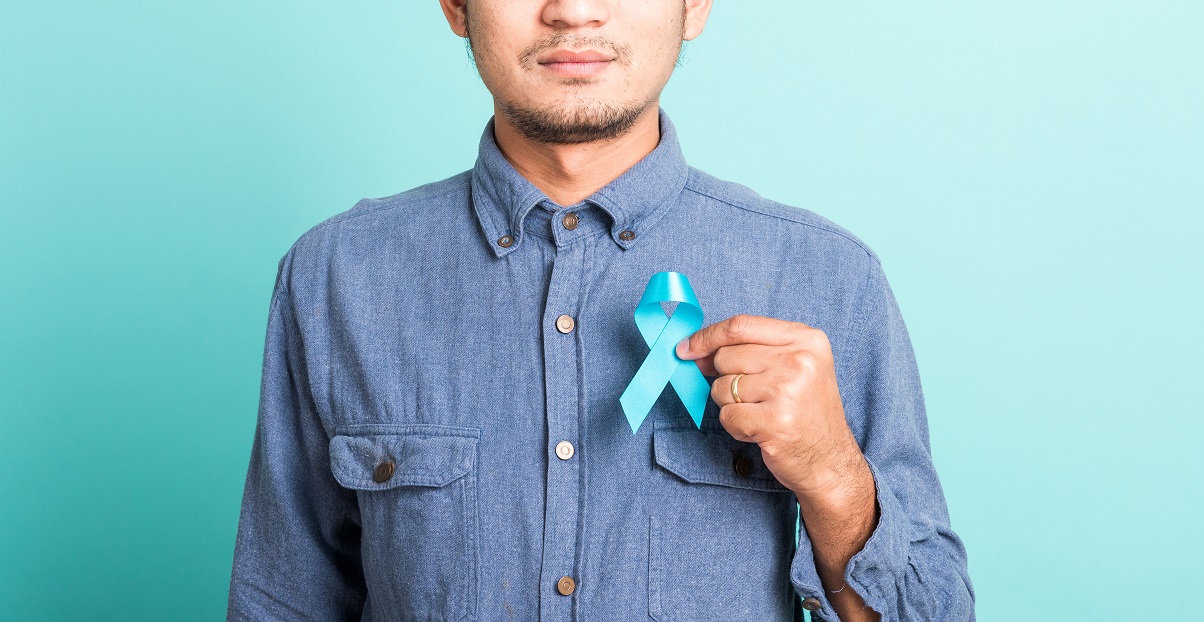
Others, of course, are living with symptoms of varying degrees.
If you’re waiting or expecting to join the throngs of men with an enlarged prostate, or benign prostatic hyperplasia (BPH), here is what that condition can look like.
BPH is the most common prostate problem in men, and almost all men will develop some degree of prostate enlargement. The majority of the time, it’s not serious or a precursor to something more severe; only about half of all cases require any treatment.
The prostate gland surrounds the urethra, which is the channel used to excrete urine. That added pressure can block the urethra and lead to symptoms like:
- Slow urine stream
- Dribbling urine
- Difficulty starting to urinate
- Frequent urge to urinate but little coming out
- Pain after ejaculation or urinating
- Getting up at night to urinate
Those would typically be some of the introductory symptoms of BPH. Many men will never experience anything further than those, and they are not all going to occur. Intensity and severity will also vary between individuals.
Worsening symptoms can lead to bladder stones, bladder infections, blood in the urine, or kidney damage.
Symptoms may require immediate medical attention. These would include an inability to urinate, pain in the lower abdomen or genitals while urinating, pain or chills while urinating, or blood in the urine.
Treatments vary in severity, but BPH is commonly treated with medication. Some lifestyle measures may help prevent progression or manage the condition, including exercise and a healthy diet.
Speak with your doctor about a diagnosis and treatment approach if you think you’re starting to experience symptoms of BPH.